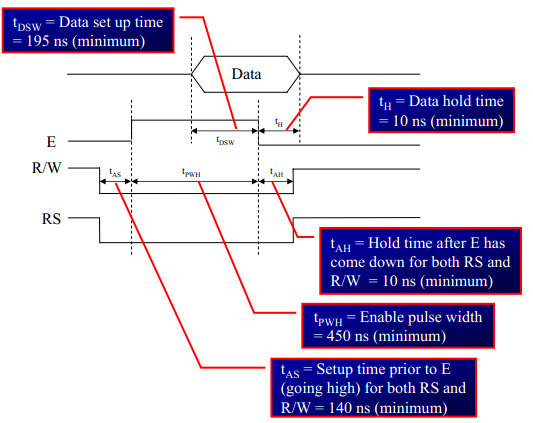Lpc2129 Lcd Interfacing Program Code

How RTC work There are 2 clocks in a computer. One is a hardware clock known as the Real Time Clock and the other is Software Clock. • Real Time Clock is battery backup power clocks so that it tracks the time even while the computer is turned off, or in low power state. Basically RTC is not a physical clock but is an IC which is present on the motherboard and responsible for timing functioning of the system and system clock. Real Time Clock is responsible to make sure that all the processes occurring in the system are properly synchronized (basically this is task of system clock, but system clock is dependent on RTC, therefore RTC is indirectly responsible for interrupts, timer, task scheduling and synchronization etc.). Today many companies like Philips, ST Microelectronics, Texas Instruments manufacture RTCs.
There has been a continuous development in RTC, like lowering power consumption, improving frequency stability. • System Clock is maintained by the kernel of an operating system and is used to set the tasks and processes – their synchronization and scheduling, settings and managing interrupts, setting timer etc. The system clock reports seconds and microseconds since a start point from the system boot up procedure. Basically the system clock is digital signal emitter, which emits signal composed of high (1) and low (0), because all the machines and their processes understand the language of binary. About RT C • The RTC was introduced to PC compatibles by the IBM PC/AT in 1984, which used a Motorola MC146818 RTC. Later Dallas Semiconductor made compatible RTCs, which was often used in older personal computers, and are easily found on motherboards because of their distinctive black battery cap and silkscreened logo • RTC keeps track of the second, minute, hour, day, month, and year and also is responsible for making sure all the signals sent between the devices are sent at the right intervals. • Power source – RTCs often have an alternate source of power, so they can continue to keep time while the primary source of power is off or unavailable.
This alternate source of power is normally a lithium battery in older systems, but some newer systems use a supercapacitor, because they are rechargeable and can be soldered. The alternate power source can also supply power to battery backed RAM. • Clocks – Most RTCs use a crystal oscillator, but some use the power line frequency. In many cases the oscillator’s frequency is 32.768 kHz. This is the same frequency used inquartz clocks and watches, and for the same reasons, namely that the frequency is exactly 215 cycles per second, which is a convenient rate to use with simple binary counter circuits. • Sometimes more accurate than other methods • Frees the main system for time-critical tasks Applications RTC is used to track the system time up to date and related application.
This wiki section is all about LPC2129 Development Board-Mini’s CAN transceiver interfacing. Once the code is loaded, the LCD. ARM LPC2129 Mini Development. LCD Interfacing with LPC2148; Components Required. LPC2148 Development Board; GAS Sensor Module; LCD Module (To print the Sensor output) Introduction. There are many gases available in environment. Like that there are many sensors available to detect particular gas. In this tutorial, we are going to detect LPG gas. So we need to use MQ-2 sensor.
Maybe they love to be anxious or they try to find out the reality of the ghost story. Bengali romantic story books free download. Today I am going to give you some true Bengali ghost story in pdf by tips world bd. Most of the modern people don't believe in ghost but everybody like to be afraid.
Proteus Simulation Based Pic Microcontroller Projects What is Proteus Software? Proteus ISIS is the best simulation software in the world for various designs with electronics & microcontroller. It is mainly popular because of availability of almost all microcontrollers in it.